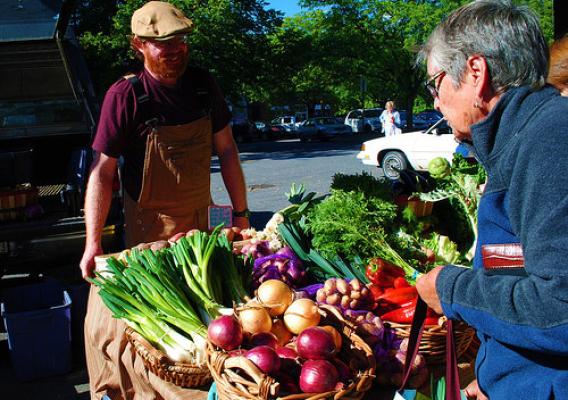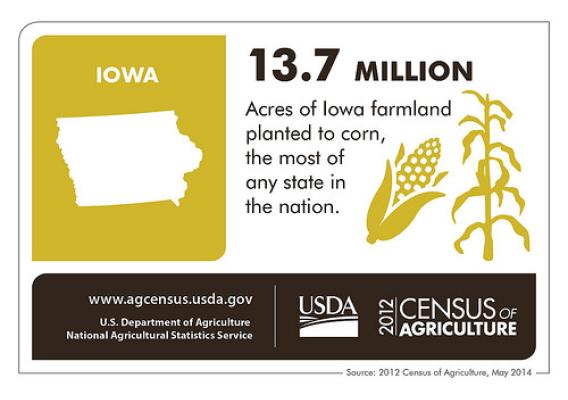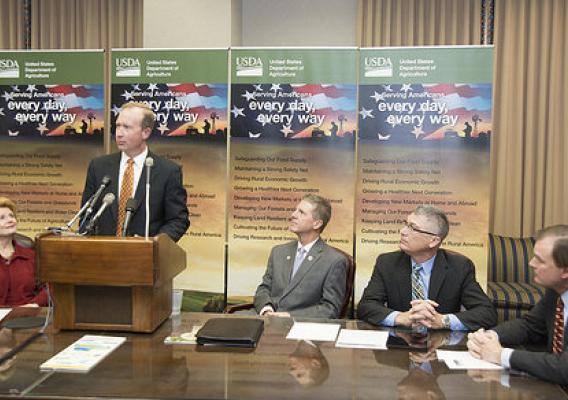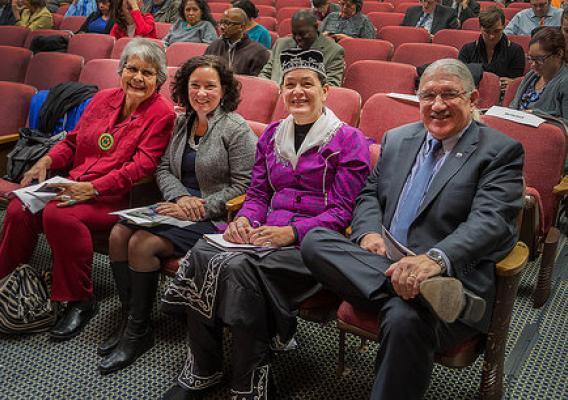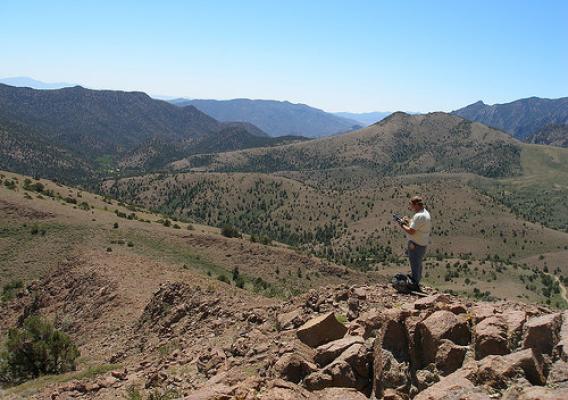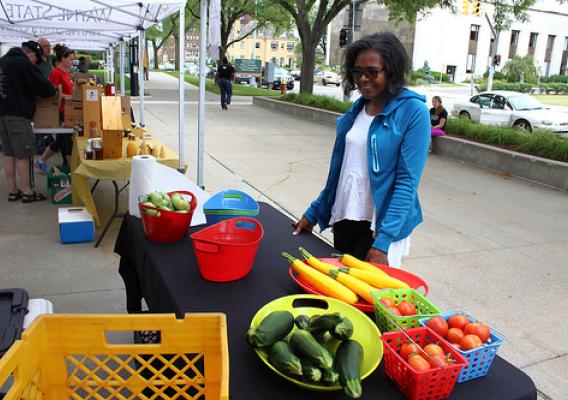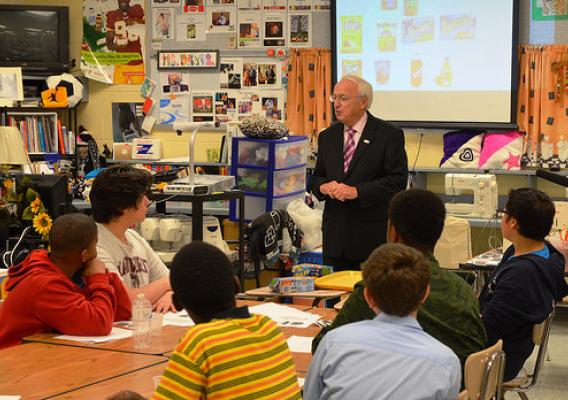Earlier this week, USDA highlighted the creation of a market for carbon credits generated on working grasslands. Landowners benefit because they receive compensation for the carbon credits generated on their lands. They get a new source of revenue, while thriving grasslands provide nesting habitat for wildlife, are more resilient to extreme weather, and help mitigate the impact of climate change. Chevrolet, a division of General Motors, recently purchased almost 40,000 carbon dioxide reduction tons generated on working ranch grasslands in the Prairie Pothole region of North Dakota. It was the first purchase of its type.
Robert Bonnie, USDA's under secretary for Natural Resources and Environment, announced the purchase and USDA's involvement in the project at an event at USDA headquarters. He was joined by Senate Agriculture Committee Chair Debbie Stabenow of Michigan, Greg Martin, executive director for global public policy, General Motors; Sean Penrith, executive director of The Climate Trust and Paul Schmidt, chief conservation officer of Ducks Unlimited. The under secretary thanked Senator Stabenow, Chair of the Senate Agriculture Committee, for her staunch support for the program, which she said is delivering “real world measurable results.” Bonnie said he hopes this purchase will set a pattern for future carbon credit sales.

